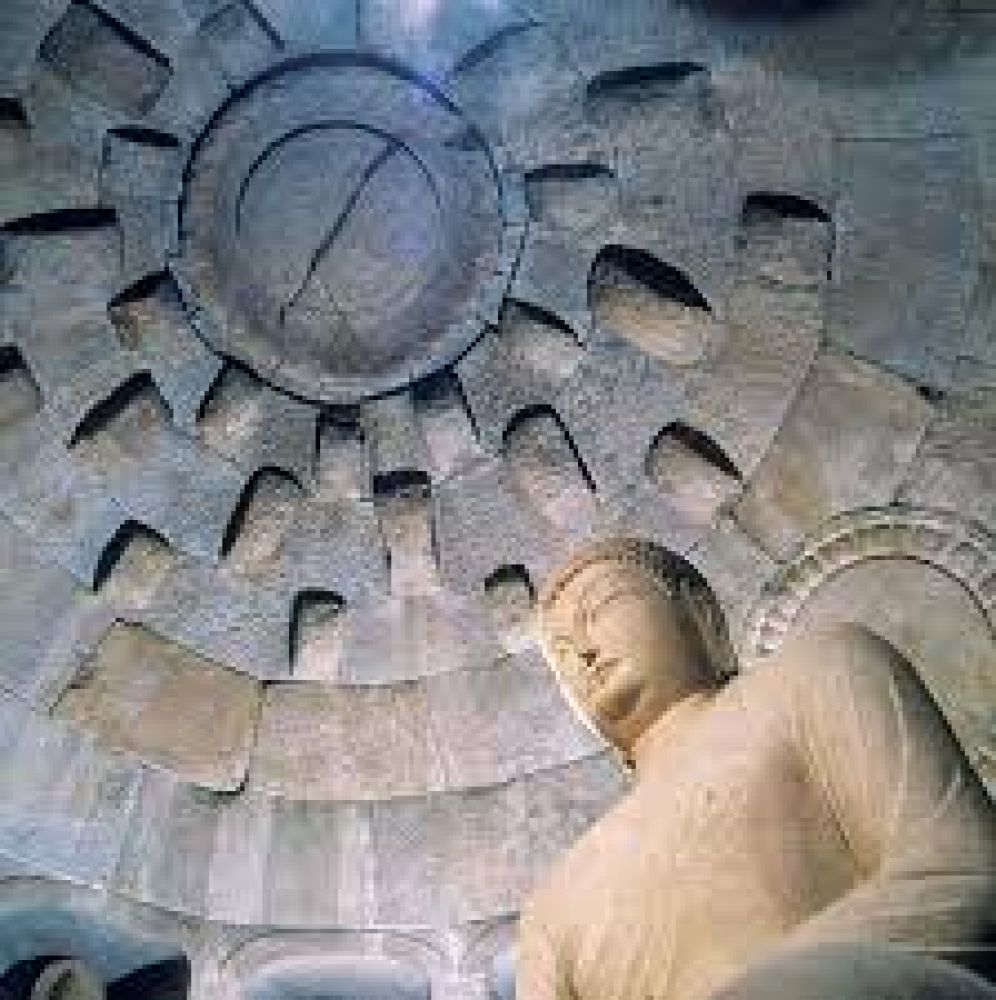

The Seokguram Grotto is a masterpiece of Buddhist art and a significant cultural landmark located in Gyeongju, South Korea. This hermitage is part of the temple complex known as Bulguksa Temple, situated on the slopes of Mt. Toham. It was originally constructed in the 8th century during the Unified Silla Period and is renowned for its delicate and naturalistic sculpture of the Buddha. The grotto itself is an artificial stone temple made of granite and is considered one of the best Buddhist sculptures in the world.
Tourism at Seokguram Grotto has been influenced greatly by its historical significance and artistic beauty. The grotto was "rediscovered" in the early 20th century as Korea began opening up to the outside world. Since its designation as a national treasure in 1962 and its subsequent inscription on the UNESCO World Heritage list in 1995, tourism has been on a steady increase.
Visitors from all over the world are drawn to the site to view the serene stone figure of the Buddha looking out to sea, surrounded by protective deities and disciples. The site offers a glimpse into the spiritual and artistic culture of ancient Korea, which robustly supported the preservation efforts and made tourism an integral component in the continued appreciation of this historical site.
In recent years, South Korea has experienced a wave of changes in its tourism landscape, and trends have shifted to accommodate various tourist preferences. Modern tourists’ interests have leaned towards a combination of cultural experiences that include both heritage sites and contemporary Korean culture. Seokguram Grotto, being a historic site, has adapted to these interests by offering immersive storytelling experiences and augmented reality applications that educate tourists on the historical context without causing damage to the ancient structures.
With the rise of digital media, there has been a significant effort to digitize the experience of visiting the Seokguram Grotto. Virtual tours and interactive online content have made it possible to explore this magnificent site remotely, attracting a new demographic of digital tourists.
Additionally, there has been a trend of including Seokguram Grotto on eco-cultural tours that pair the visitation of historical sites with sustainable tourism practices and experiences of local nature, such as the surrounding Gyeongju National Park.
Overall, Seokguram Grotto continues to be a significant highlight for tourists interested in Buddhism, history, art, and culture. Its ongoing conservation and the incorporation of new technologies in the tourism experience ensure that this cherished heritage site will be enjoyed by future generations.
Note: Due to the delicate nature of the Seokguram Grotto, visitor numbers may be restricted to prevent potential damage to the site. Tourists planning to visit are encouraged to check in advance for any travel advisories or restrictions.